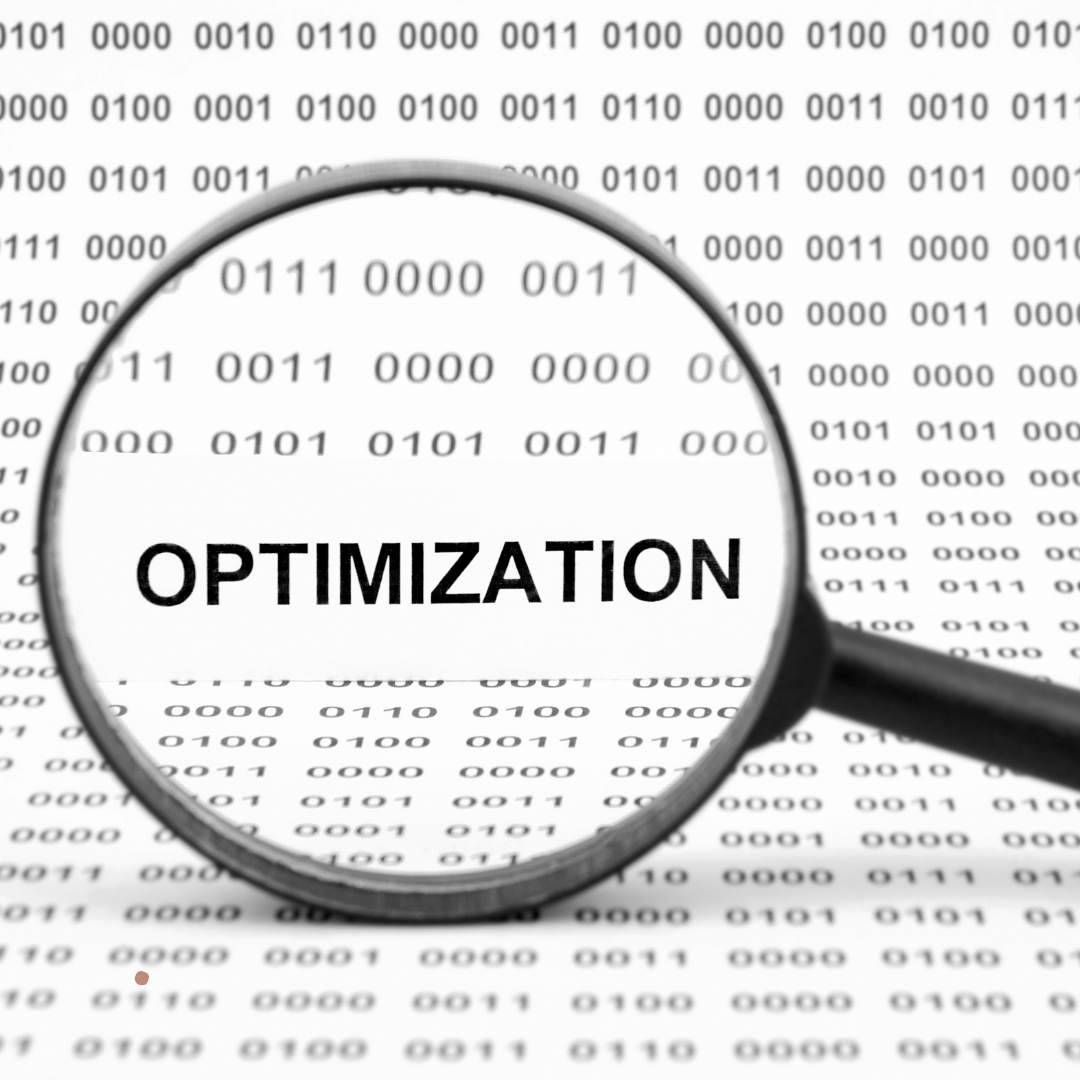🚀 Why optimize images for the web?
Images play a crucial role in theuser experiencethe loading time and the natural referencing (SEO) of a website. Poor image management can slow down your siteaffect your conversion rate and penalize your Google ranking.
📉 A site that's too slow can lose up to 53% of mobile visitors!
✅ Optimizing images allows you to :
✔ Improve loading speed of the
✔ Reduce bandwidth consumption
✔ Improve SEO thanks to better indexing by Google
✔ Delivering a seamless user experience
📏 1. Choose the right image format
The choice of image format is essential to ensure good quality while reducing file size.
📌 Common formats
| Format | Benefits | Disadvantages | Recommended use |
|---|---|---|---|
| JPEG | Good compression and acceptable quality | Less efficient for images with transparency | Photos and images with lots of color |
| PNG | Transparency and better quality | Larger files | Logos, icons, images requiring high quality |
| WebP | Excellent compression and optimum quality | Less supported on older browsers | Photos, illustrations, complex images |
| SVG | Lightweight, scalable vector format | Not suitable for photos | Logos, icons, illustrations |
📢 Recommendation: Use WebP for a better compromise between quality and weight, and SVG for simple graphic elements.
🔧 2. Compress images without loss of quality
📌 A non-optimized image can weigh you down several MBwhen it could be reduced to some Ko with no visible loss.
🛠️ Efficient compression tools
| Tool | Type | Benefits |
|---|---|---|
| TinyPNG | On line | Efficient compression for PNG and JPEG |
| Squoosh | On line | Adjusts quality and converts to WebP |
| ImageOptim | Software (Mac) | Advanced lossless compression |
| ShortPixel | WordPress plugin | Automatic image compression |
💡 Tip: Always compress your images before uploading them to your site.
📐 3. Resize images for optimal display
There's no need to upload an image in 4000×3000 px if displayed in 800×600 px on the site.
📌 Best practices :
✔ Adapt the image size according to use
✔ Avoid displaying a larger image than necessary
✔ Give preference to CSS and SVG for graphic elements rather than heavy images
🛠 Useful tools for resizing :
- Adobe Photoshop (pay version)
- GIMP (open source)
- Canva (online, easy to use)
🏎 4. Use lazy loading to improve speed
📌 What is lazy loading?
Visit lazy loading loads images only when visible on screento reduce the page's initial weight.
✅ Advantages :
✔ Speeds up initial loading time
✔ Reduces bandwidth consumption
✔ Improves SEO and user experience
📌 Easy to set up with HTML :

📢 Recommendation: Check that your CMS (WordPress, Shopify...) incorporates this feature.
🔍 5. Optimizing image tags and descriptions for SEO
Google can't "see" an image like a human, so you need to give him clues via SEO.
✔ Use descriptive file names (e.g: chaussures-running-nike.jpg rather than IMG_12345.jpg)
✔ Set the ALT tag to help Google and accessibility
✔ Define a title attribute to add context
📌 Example of an optimized tag :

🎯 6. Hosting and CDN: advanced optimization
A content delivery network (CDN) allows store and distribute your images from servers located in different parts of the world.
✅ Advantages of a CDN :
✔ Faster image loading
✔ Reduce the load on your server
✔ Improving overall site performance
📢 Popular solutions :
🔹 Cloudflare (free and premium CDN)
🔹 Amazon CloudFront
🔹 KeyCDN
🚀 Conclusion: Optimize your images for a fast, high-performance site
L'image optimization is a key step for reduce loading time and improve your SEO.
📌 Quick checklist :
✅ Choosing the right format (WebP, PNG, JPEG)
✅ Compressing images before uploading them
✅ Resize files to avoid unnecessary resources
✅ Enable lazy loading for progressive loading
✅ Optimizing ALT tags and titles for SEO
✅ Using a CDN to improve speed
💬 Need support for improve your website's performance ? Contact Webiphi for a tailor-made solution!





